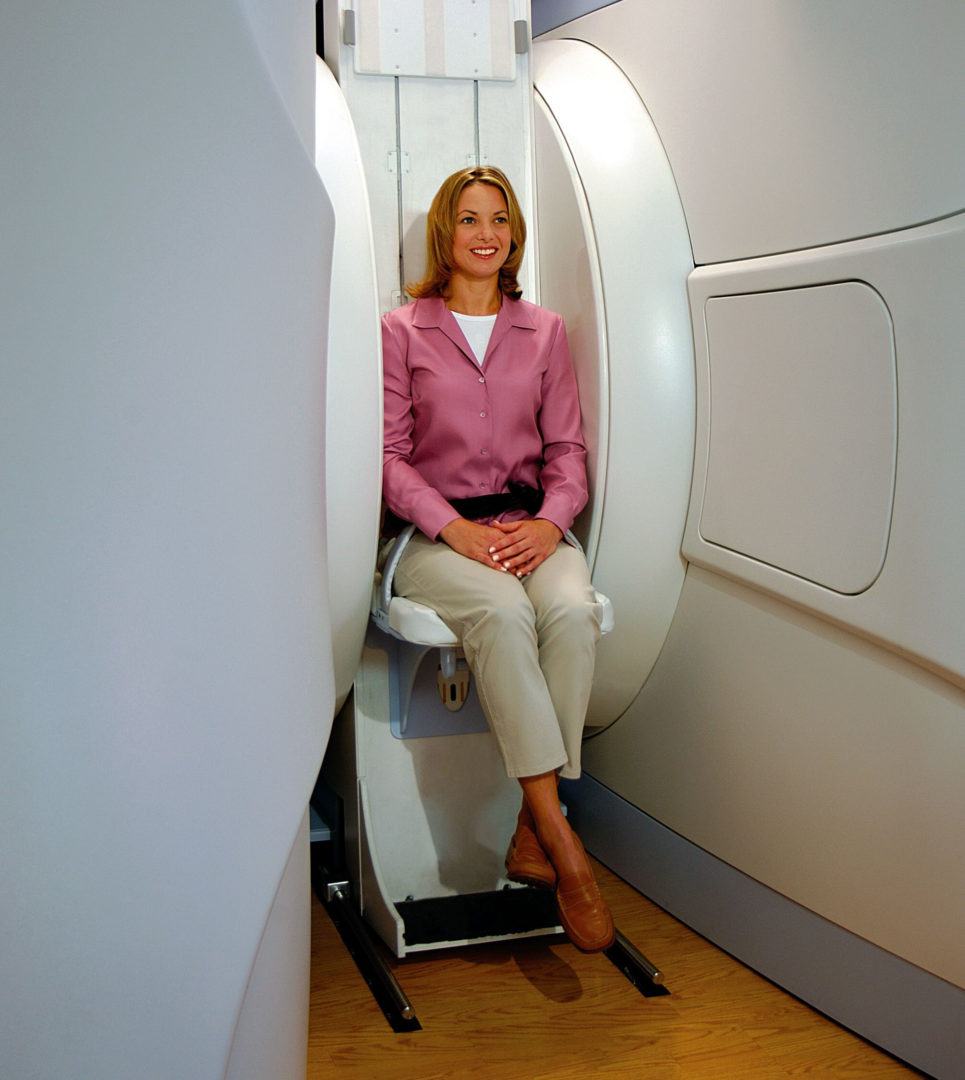
How Long Does a Shoulder MRI Take?
Welcome to Medmo.com! If you’re wondering how long a shoulder MRI takes, you’re in the right place. In this article, we’ll break down everything you need to know about this diagnostic test, including what it is, why it’s done, how to prepare for it, and how long the test takes.
First things first, what is a shoulder MRI? MRI stands for magnetic resonance imaging, and it’s a test that uses a magnetic field and radio waves to create detailed images of the inside of your body. In the case of a shoulder MRI, the test is used to get a better look at your shoulder joint and the tissues around it, such as your cartilage, ligaments, and tendons.
Why is a shoulder MRI done? This test is often used to help diagnose injuries to the shoulder and determine whether surgery is necessary. It can be helpful in detecting problems such as tears in the rotator cuff (a group of muscles and tendons that help you lift and rotate your arm), inflammation in the shoulder joint, or problems with the cartilage in the shoulder.
So, how do you prepare for a shoulder MRI? In general, there’s not much you need to do to get ready for the test. You don’t need to fast or change your diet in any way. However, it’s important to let your doctor know if you’re nervous in tight spaces or if you have any metal implants or medical devices in your body. You may also be given a sedative to help you relax if you’re feeling anxious about the test.
Now, let’s talk about the actual test itself. To start, you’ll lie on a table that slides into the MRI machine. You may be given a contrast dye through an IV in your arm, which can help highlight certain structures in the images. During the test, you’ll need to hold still and may be asked to hold your breath for short periods. You may also be given earplugs or headphones to help reduce the noise of the MRI machine. The technologist performing the test will be able to see and hear you through a window, so you won’t be alone in the room.
Overall, the test shouldn’t be painful, but you may feel a little tired or sore after lying in one position for an extended period of time. If a contrast dye is used, you may feel a bit of coolness when it’s injected into your IV. In rare cases, you may experience warmth in the area being examined or other mild side effects like nausea or dizziness. If you experience any of these symptoms, be sure to let the technologist know.
So, how long does a shoulder MRI take? In general, the test takes between 30 and 60 minutes, although it can sometimes take up to two hours. After the test is complete, you’ll be able to go home and resume your normal activities. Your doctor will review the images and discuss the results with you at a follow-up appointment.
Are there any risks associated with a shoulder MRI? It’s important to note that there are no known harmful effects from the strong magnetic field used in this test. However, it’s possible that the magnet could affect any metal implants or medical devices you may have. If a contrast dye is used, there is a slight risk of an allergic reaction, although most reactions are mild and can be easily treated. If you have kidney problems or are pregnant, be sure to let your doctor know before the test. If you’re breastfeeding and concerned about the safety of the contrast dye, talk to your doctor about your options.
That’s everything you need to know about shoulder MRIs! We hope this article has been helpful in answering your questions. Remember, if you have any other questions or concerns about your shoulder MRI, be sure to discuss them with your doctor. It’s important to stay informed and be an active participant in your healthcare journey.
Remember, a shoulder MRI is just one tool that your doctor can use to diagnose and treat shoulder problems. It’s not the only way to get a diagnosis, and your doctor will take into account other factors such as your medical history, a physical exam, and any other test results when making a treatment plan.
In conclusion, a shoulder MRI is a relatively quick and non-invasive test that can provide valuable information about the health of your shoulder and surrounding tissues. While there are some minor risks involved, the benefits of the test generally outweigh any potential drawbacks. So, if you’re wondering how long a shoulder MRI takes, the answer is usually between 30 and 60 minutes, depending on the specifics of your case.
We hope this article has been helpful in answering your questions about shoulder MRIs. If you have any other questions or concerns, don’t hesitate to reach out to your healthcare provider for more information.
Ready to get started?
Here’s what you’ll need to schedule an appointment
1. Imaging referral / prescription
2. Your contact information
3. Insurance OR card information


